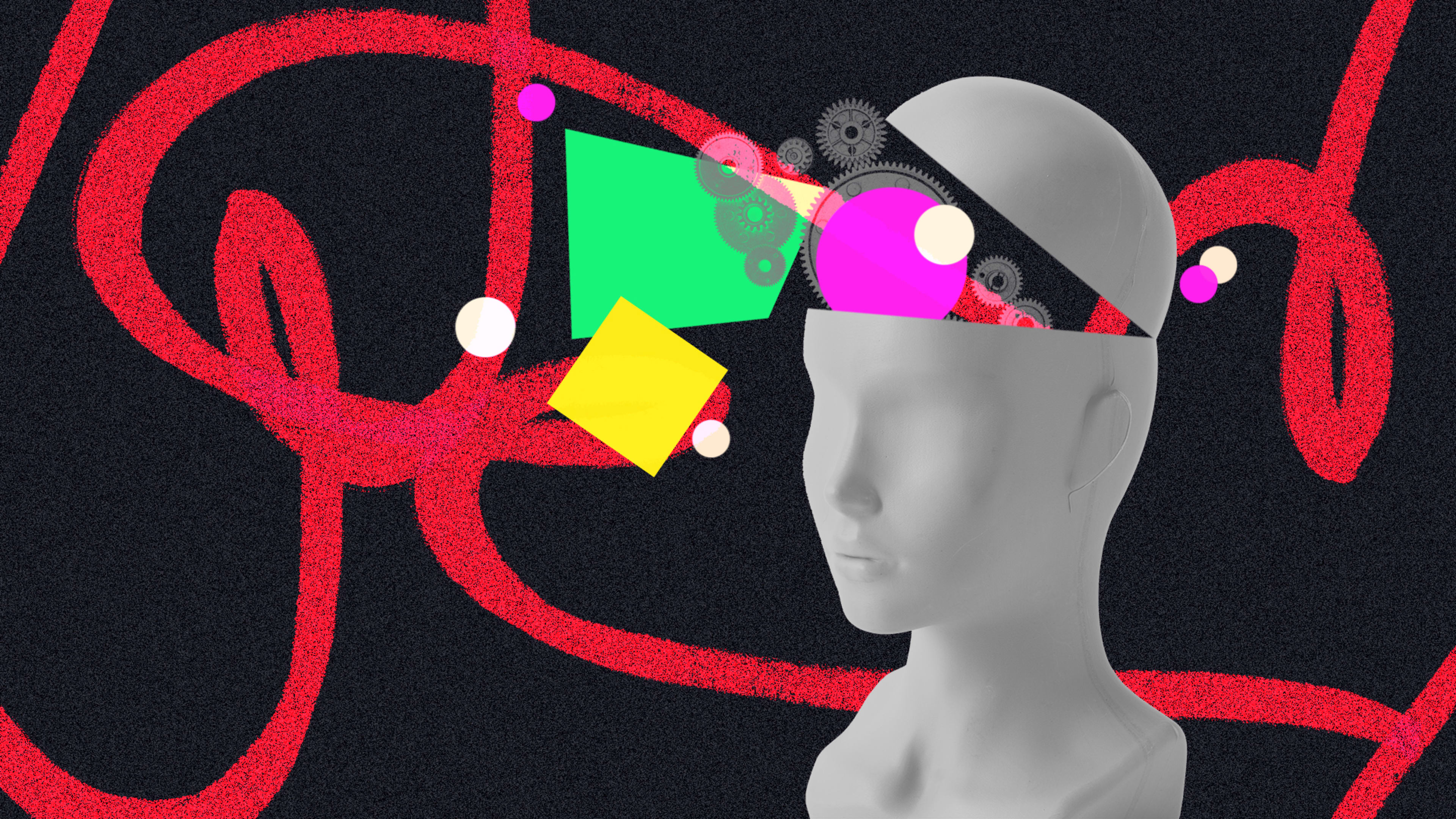Ten years ago, if your organization wasn’t a tech company in some form, then you were in trouble. Today, if you’re not a creative company—no matter your sector—then watch out.
Creativity is our ability to toggle between wonder and rigor to solve problems and produce novel value. Alternating between audacity, awe, pausing to consider possible options, and insatiable curiosity on the one hand (the wonder component), and deep practice, skill development, and discipline on the other (the rigor component of creativity) is essential. Creativity is a critical competency that will be humans’ distinctive asset in this current time where technology is ubiquitous.
As technology replaces redundant tasks in this Fourth Industrial Revolution, there will actually be more room for people to exercise their creative capacity. For example, think about the apps now available for password generation. I use one called LastPass. It’s awesome that I no longer need to think, “Wait, is this the password where I used my birthdate or my childhood street address?”—or worse yet—have my passwords vulnerably stored in the contacts app on my phone. Now one more small portion of my brain is freed up to generate big ideas.
In fact, such tech interventions mean that soft skills like curiosity, empathy, active listening, collaboration are increasingly relevant and not so soft.
In 2015 the World Economic Forum (WEF) projected that creativity would rank #10 among the top job skills for 2020. Last year, the WEF bumped up creativity to the number three job skill. And soft skills have only continued to become more important. A 2020 LinkedIn research study asserted that creativity is the #1 soft skill for which companies are hiring.
Creativity, in particular, has a business ROI. There is not a soft fuzzy dotted line between creativity and business value. There is a solid connection. A recent global study on creativity by Adobe found that when companies invest in creativity:
- 78% increase their employee productivity
- 80% have satisfied customers
- 78% produce a better customer experience
- 83% foster innovation
- 73% are financially successful
Here are three examples of the impact on businesses that result when we are intentionally creative.
Diversified revenue streams
When companies encourage inventive thinking, new ways of looking at old problems lead to novel business models. Inventive thinking can lead to new strategic partnerships resulting in new revenue streams. We saw this level of inventive thinking in the restaurant industry during COVID, as more restaurants turned to collaborative ghost kitchens where they could prototype menus and meals separate from their brick and mortar offerings.
Lower costs
Collaboration thrives where there is cognitive diversity. However, collaboration is challenging in the short term because we must translate our daily jargon. It also requires that we be curious about how other people approach similar challenges. It’s easier to just stay in our tribe and work with people who think like us and have similar training.
In the long term, working collaboratively improves productivity and increases efficiencies. For example, when insurance company Zurich North America redesigned their headquarters to include space for both open collaboration and private work, employees reported that interaction increased by almost 50% leading to better quality decision making and problem-solving, When
Increased brand loyalty
Companies that truly exercise creativity avoid myopia at all costs. They forsake the “this is the way we’ve always done things around here” mentality. Instead, they are customer-obsessed. They go beyond the survey data and the focus groups. They get out of the building in order to generate very different questions through deep observation of customers to understand what drives their behaviors.
Customer obsession ultimately generates customer value and brand loyalty. For example, this is the way Third Love’s Fit Finder tool helped them to corner the e-commerce distribution channel for online bra sales. Before Third Love, the assumption was that such a tool would be too high a barrier to entry and that women would only purchase bras they could try on in advance.
When your company intentionally generates creativity through inventive thinking, collaboration, and being customer-obsessed, you will yield magnanimous business results.
Creativity strategist Natalie Nixon, PhD is a global keynote speaker, the author of the award-winning book The Creativity Leap: Unleash Curiosity, Improvisation and Intuition at Work, and the president of Figure 8 Thinking.
Recognize your brand’s excellence by applying to this year’s Brands That Matter Awards before the early-rate deadline, May 3.
